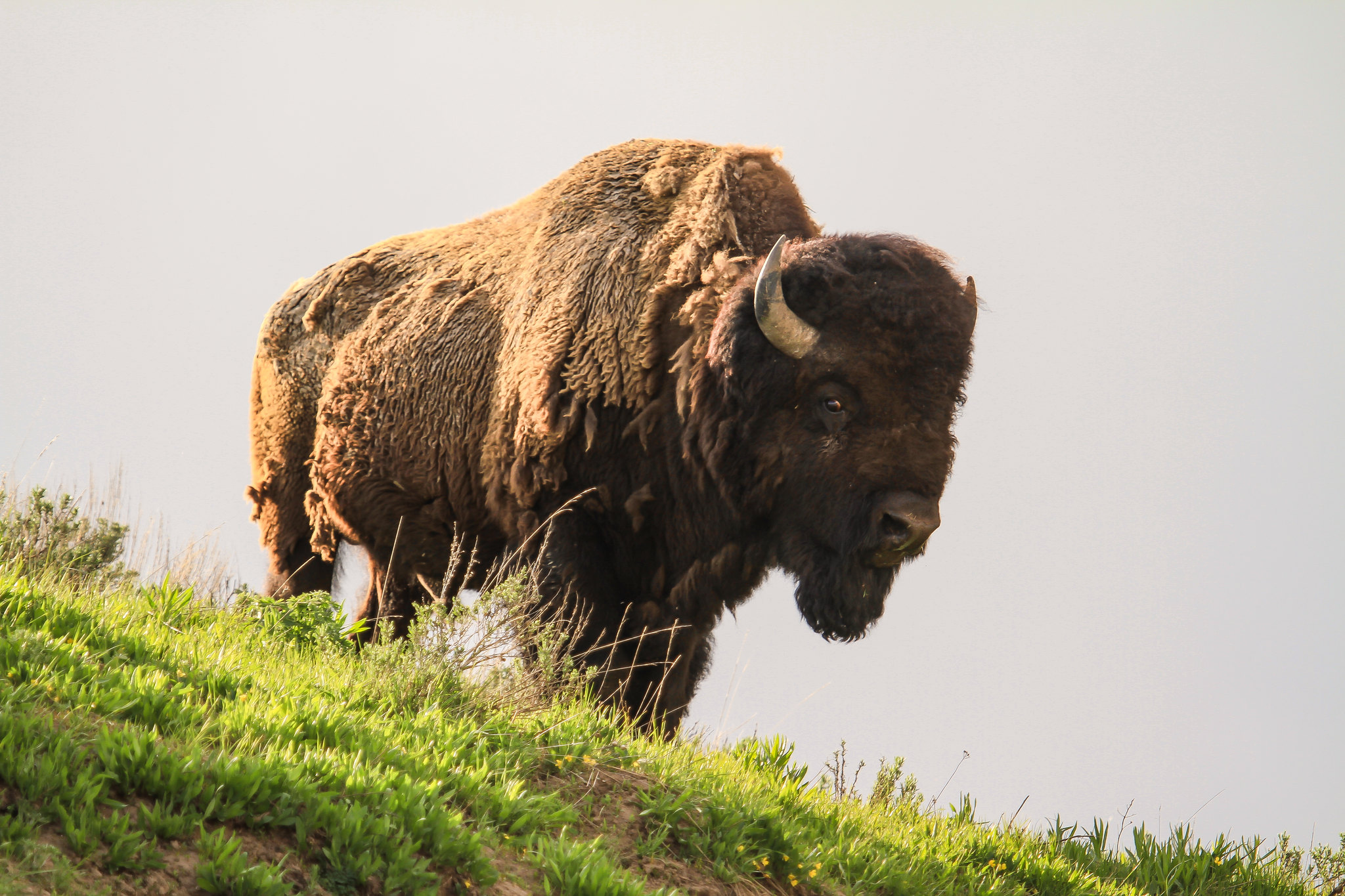Animals
 Climate change may affect animal agriculture in a variety of ways. These include the ability to produce feed-grain, the quality of pastures and forage crop production, animal health, growth, and reproduction, and disease and pest distributions.
Climate change may affect animal agriculture in a variety of ways. These include the ability to produce feed-grain, the quality of pastures and forage crop production, animal health, growth, and reproduction, and disease and pest distributions.
Outside of their ideal temperature range, animals need to conserve or shed heat to maintain productive. Optimum animal core body temperature is often maintained within a 2°C to 3°C range. For many species, deviations of core body temperature in excess of 2°C to 3°C cause disruptions of performance, production, and fertility that limit an animal’s ability to produce meat, milk, or eggs. Deviations of 5°C to 7°C often result in death. These changes can slow animals’ growth and reduce reproductive rates, which can increase costs for animal producers and consumers. Because of these impacts, changes in temperature associated with climate change may have an effect on the productivity of animal agriculture.
Continue to the full text Animal Agriculture in a Changing Climate or browse related content:
-
Dickinson College Farm's Silvopasture
Farmers in the Northeast are exploring options to adapt to the changing climate. Higher average temperatures and more…
-
Agroforestry at Angus Glen
Angus Glen Farms practice a type of agroforestry known as silvopasture. This practice is a blend of the sustainable…
-
Animal Agriculture in a Changing Climate
One-year-old African Nubian goats, with their distinctive long ears (a cooling adaptation for hot dry environments).…
-
Northern Plains Climate Hub (NPCH) Vulnerability Assessment
The Northern Plains has experienced increased weather variability and climatic changes throughout the 20th and early…
-
Focus on Livestock in the Caribbean
Heat stress increases animal body temperatures, sweating, and panting, and thus reduces animal feed intake and…
-
Focus on Livestock in California
California has a large and diverse livestock industry: it is the number one dairy state in the nation and is also a…
-
Agricultural Vulnerabilities in the Northeast
The climate in the Northeast U.S. has been changing. Winters have been getting warmer and heavy rainstorms are becoming…
-
Focus on Livestock in the Southwest
Unlike poultry and swine, which are often housed in structures, cattle, goats and sheep are typically subject to…









